Best books about Japan to read before you go
Novels, memoirs, films and TV series provide cultural context to enrich the visitor experience in Japan.
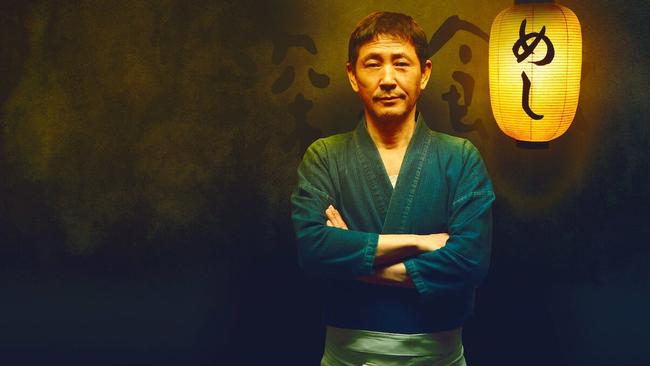
Novels, memoirs, films and TV series provide cultural context to enrich the visitor experience in Japan. Get started with the following suggestions.
A BEGINNER’S GUIDE TO JAPAN by Pico Iyer
Subtitled “observations and provocations”, the incomparable Pico Iyer, who has lived in Nara with his Japanese wife for more than 30 years, demystifies his adopted home, and offers wry insights. The key “provocation” is that he deems Japan to be “the strangest place on Earth”, a country where deep traditions steady the lives of locals and ancestors are revered with rare devotion. British-born Iyer is a prolific author, and I also recommend The Lady and the Monk: Four Seasons in Kyoto, his account of living and studying Zen Buddhism at a Kyoto monastery in 1987. And then he falls in love. Religion gives way to a new reality. There is to be no going “home”. Penguin/Viking 2019.
Also read: Autumn Light: Season of Fire and Farewells by Pico Iyer.
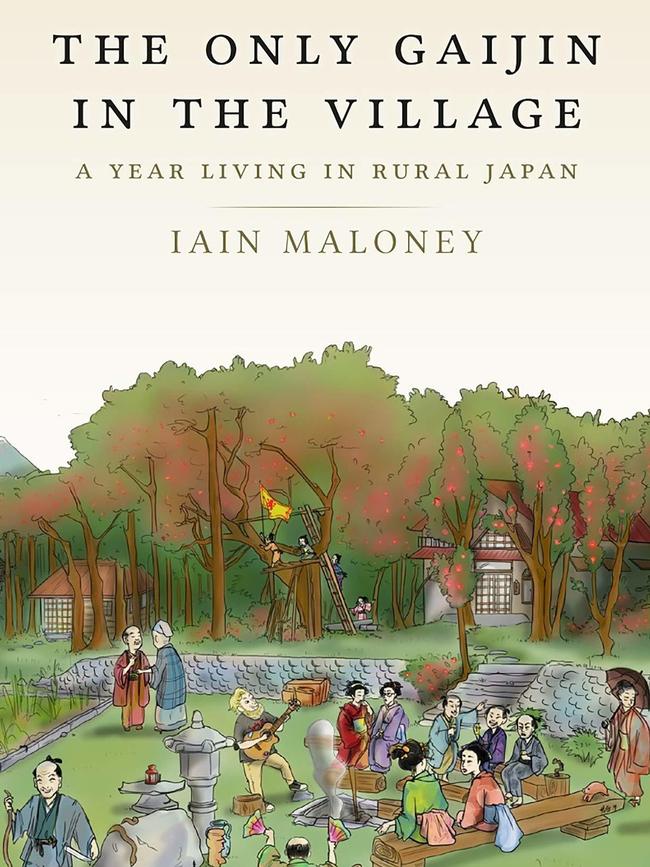
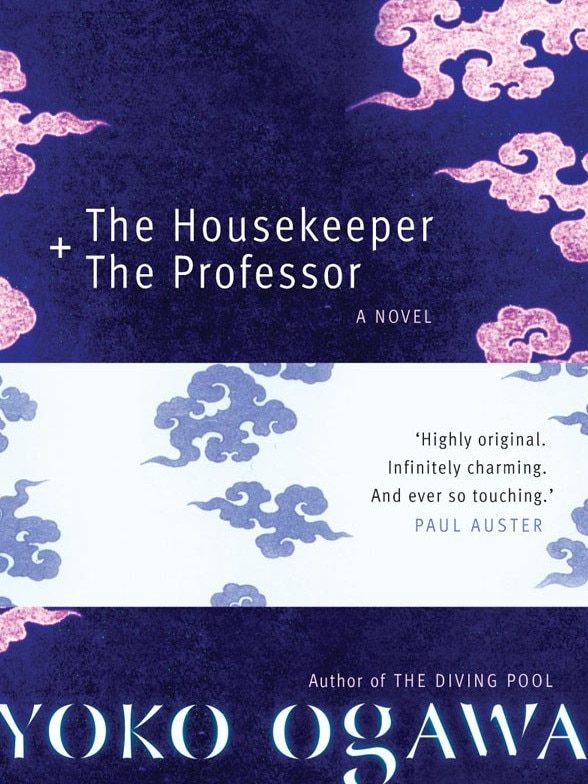
THE ONLY GAIJIN IN THE VILLAGE by Iain Maloney
The author is a Scot who’s lived in Japan since 2005, writing about expatriate life. But in 2016, a simpler existence away from Tokyo beckoned, closer to wife Minori’s father. The couple quit the city and moved to a rural plot in Gifu, in the central region of Honshu, where he was the only (gaijin) foreigner. The villagers found it hard to understand why Maloney didn’t want to go “home” to Scotland, as in Japan, a house is “for life”, although many settlements in remote areas are being abandoned as young people move to the cities and the aged pass away. By book’s end, Maloney is a proud inakamono, or “country bumpkin”. Polygon Books, 2020.
Also read: Lost Japan by Alex Kerr.
THE HOUSEKEEPER AND THE PROFESSOR by Yoko Ogawa
Ogawa has a singular reflective style and she’s a piercingly keen observer of relationships and their often painful complexities. The housekeeper character is hired to take care of a mathematics professor, whose head-injury has made him gravely forgetful. But can they learn from each other? It’s slow, deliberate, nuanced and mildly disturbing, but undeniably brilliant. Picador, 2003.
Also read: Check works by cult novelist Haruki Murakami, the edgy Banana Yoshimoto, and immensely clever Sayaka Murata. If you were to read just one novel by each, go for Murakami’s IQ84, Yoshimoto’s Dead-End Stories and Murata’s debut, Convenience Store Woman.

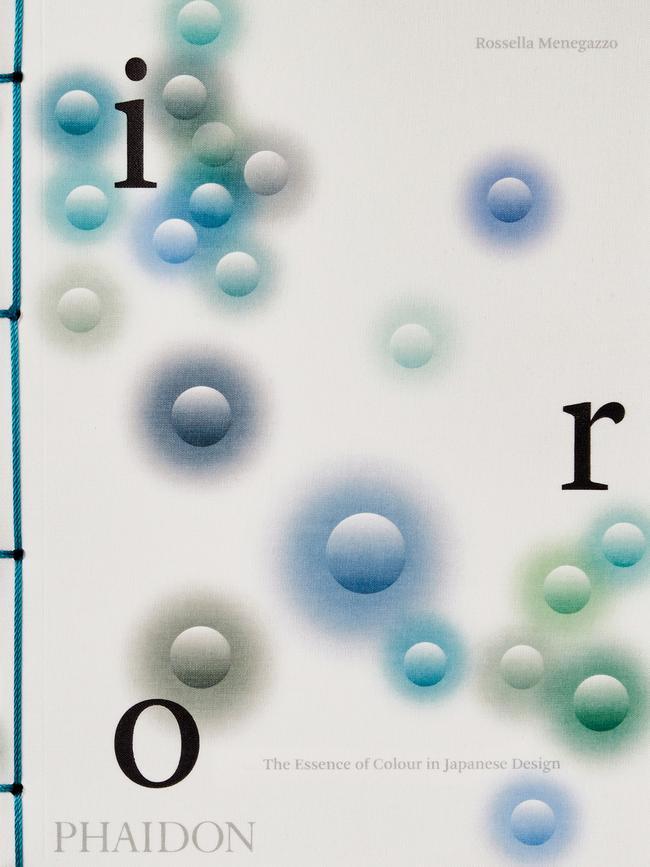
A DEATH IN TOKYO by Keigo Higashino
The latest crime novel (2022) from the prolific Higashino again stars his excellent character Detective Kyoichiro Kaga of the Tokyo Metropolitan Police, who’s been likened by many reviewers to Hercule Poirot and he certainly brings an admirable intellect to his cases. The next to land, The Final Curtain (due in December), apparently owes its title to the death of Kaga’s mother and (let’s hope) not the end of the series. Hachette, 2022.
Also read: Mami Suzuki: Private Eye by Simon Rowe, due to be released this year by Penguin/Random House. “Hotel clerk by day; investigator by night …” Sounds like Mami is the real deal.
IRO: THE ESSENCE OF COLOUR IN JAPANESE DESIGN by Rosella Menegazzo
Royal blue, imperial red, mourning black, virginal white? Many colours have specific, and often universal, significance. But in Japan, iro (colour) is particularly applicable to long-held aspects of tradition and even spirituality. References from the 7th century record the exact shade of clothing, from kimono to obi sash, that indicated social ranking and specific hierarchy. Rossella Menegazzo, a specialist in Japanese culture, writes in her introduction that “talking about colour in Japan means talking first and foremost about the natural world” and the national reverence for each season’s particular hues. Phaidon 2022.
Also read: Japanese Design since 1945 by Naomi Pollock.
SNOW COUNTRY by Yasunari Kawabata
And so, to the classics. Kawabata was awarded the Nobel Prize in Literature in 1968 and his work continues to be widely revered. Snow Country is a testament to loneliness and wasted opportunities. A rich married man travels to an onsen town to resume an affair with a young woman whose circumstances have changed since last they met. His deception is cold and cruel and comes at a cost. Kawabata doesn’t name the location in the novel but later revealed it as Yuzawa, which is between the Sea of Japan and the Japan Alps, and with one of the country’s highest annual snowfalls. The room at the centuries-old Takahan ryokan where the author stayed and wrote still bears a plaque in his honour. Penguin/Random House, 1956.
Also read: The Sailor who Fell from Grace with the Sea by Yukio Mishima.
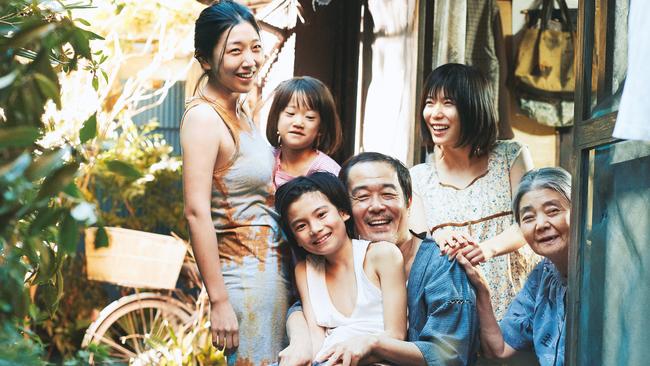
READY, SET, WATCH
Director Akira Kurosawa “owned” the Japanese epic genre from the mid-50s to the 80s with classics such as RAN, Rashomon and Seven Samurai. Anime films based on manga comics have been huge drawcards in recent years, but the surprise international one-off success is Shoplifters, winner of the Palme d’Or at the 2018 Cannes Festival. Meanwhile the universal appeal of the Japanese-made Godzilla franchise continues unabated.
TV series that have gained cult followings include the surprise Netflix hits Midnight Diner: Tokyo Stories and Giri/Haji (Duty/Shame). The latter, although British-made, has consolidated the fame of Japan-born, US-educated star Takehiro Hira. Tokyo Vice (HBO-Max), based on the Jake Adelstein novel, has had mixed reviews but it does star the evergreen Ken Watanabe, arguably Japan’s most successful international star (The Last Samurai, Memoirs of a Geisha, Letters from Iwo Jima, et al).
Documentaries about Japanese food circle around SBS and ABC catch-up apps and streaming services. The Maggie Beer in Japan 2020 series is terrific (Binge/Apple), while Jiro Dreams of Sushi (YouTube; Apple) and the noodle shop comedy Tampopo (YouTube) continue to captivate.
IN THE KNOW
The annual Japanese Film Festival is touring selected Australian cities from September. See website for venues and full program details; all films are subtitled in English.


To join the conversation, please log in. Don't have an account? Register
Join the conversation, you are commenting as Logout